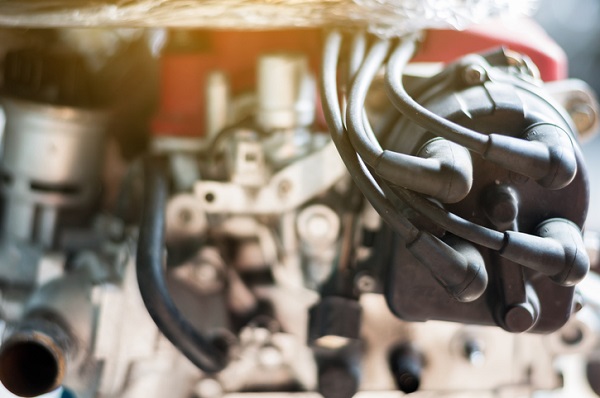An Expert’s Guide to Ignition Systems for Those Who Want Careers in the Auto Industry

So many of the inner workings of auto engineering are hidden from view, and a lot of them are set in motion with the simple turning of a key. When a driver moves that ignition switch, they set off a chain of events which allows the car to take off. Ignition systems have evolved over the years, but the basics of this facet of vehicle engineering still persist.
When the car is difficult to start, or the engine fails to launch at all, then mechanics should assess whether an ignition problem is to blame. This system includes many car parts which you have already heard of before, so let’s take a look at how they all combine to ignite a vehicle to life.
The Inner Workings of a Conventional Ignition System
Without the ignition system, the combustion process becomes impossible and the vehicle stays rooted to the spot. When the key is turned, the battery sends power to the ignition coil under the hood, from which the charge is then sent on to the transformer.
This component contains a number of points, depending on the number of cylinders in the engine (a V6 engine, for example, would have six points in the transformer). A spinning rotor then comes in contact with these individual points, generating a charge which sends power through wiring to the spark plugs. Graduates of auto technician courses know that each cylinder is at a different part of the combustion process when the engine is firing. That’s because each spark plug receives a charge at a different time from the points in the transformer. The spark plugs can then ignite the combustion process in the cylinders which generates the power to get the vehicle moving.

Learning about Modern Ignition Systems in Auto Technician Courses
Modern cars generally don’t use conventional ignition systems any more. Instead, electronic ignition is a slightly adapted version which has become more popular. The charge is still relayed from the ignition coil to the transformer, but the points are replaced with pickup coils. Electronic sensors are able to assess when a charge needs to be sent to each spark plug, thus launching the combustion process once again.
Distributor-less ignition systems are the most modern version, and it can go for much longer between service intervals. As the name suggests, the distributor has been removed and the pickup coils are placed directly on top of the spark plugs. The car’s computing system is able to dictate when each spark plug is in use.
The Common Ignition System Problems to Know About in a Garage
Because the ignition system contains so many different components, it’s sometimes difficult to diagnose where problems are occurring while learning how to become a mechanic. If you feel excessive heat around the ignition switch or steering column, then the switch could require replacement because of corrosion. Faulty switches can also be diagnosed if the engine fails to start, or if warning lights fail to appear on the dashboard when the key is turned, but the engine isn’t launched.
Also be wary of cars that can’t start during spells of heavy rain. The spark plugs may have become damp and should be wiped dry with a cloth. When the engine fails to turn over in any sort of weather, drivers need to seek expert advice from their local auto service technician.

Do you want to learn more about the exciting range of careers in the auto industry?
Discover how Automotive Training Centres can help you get there!

